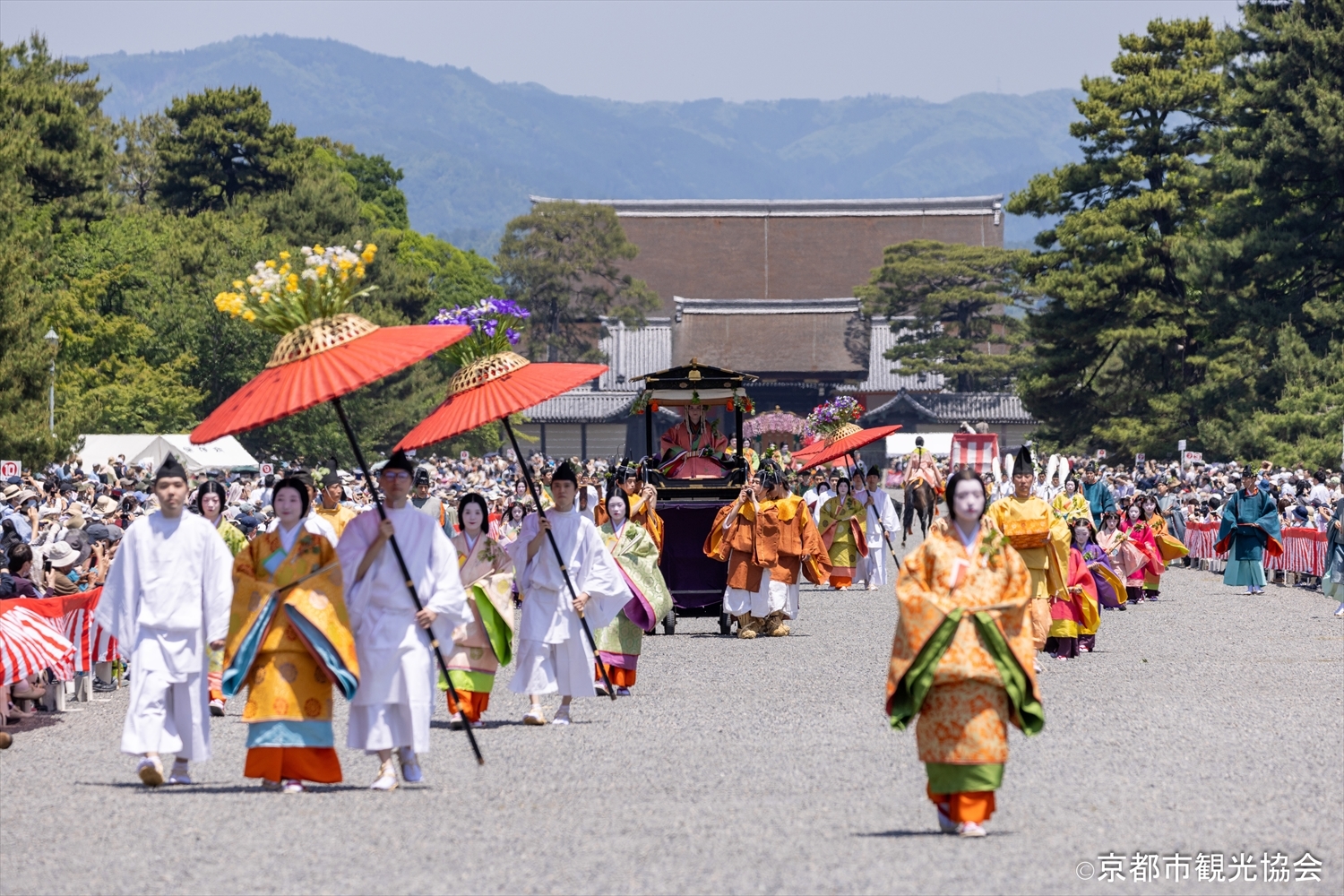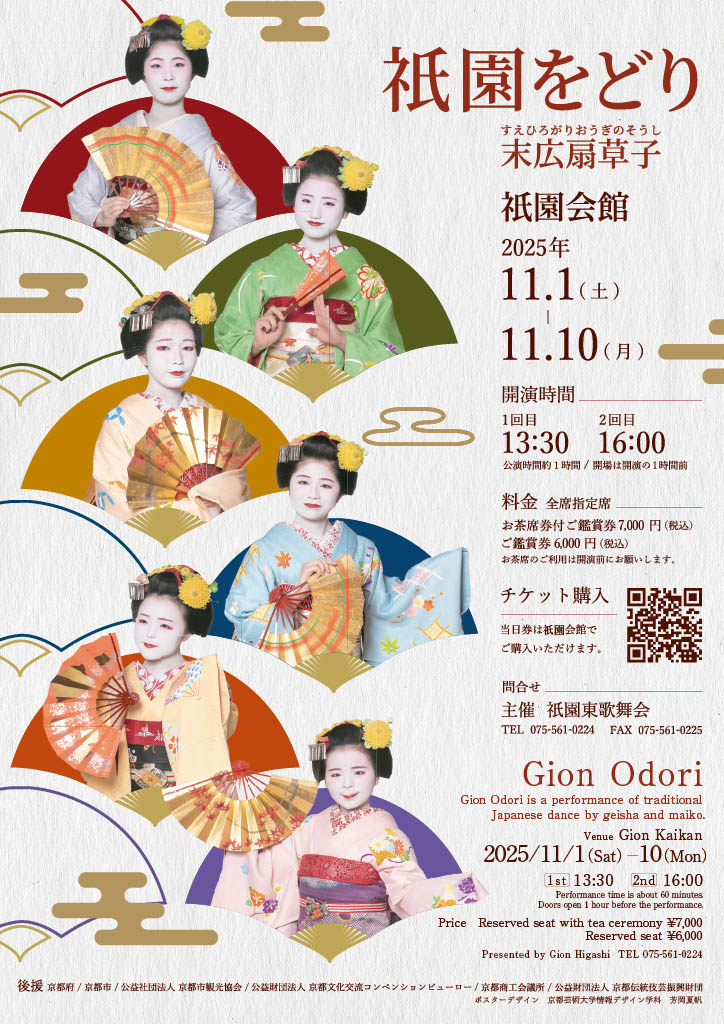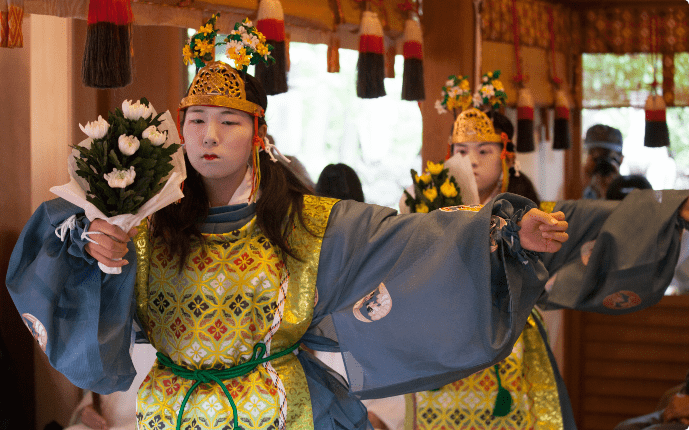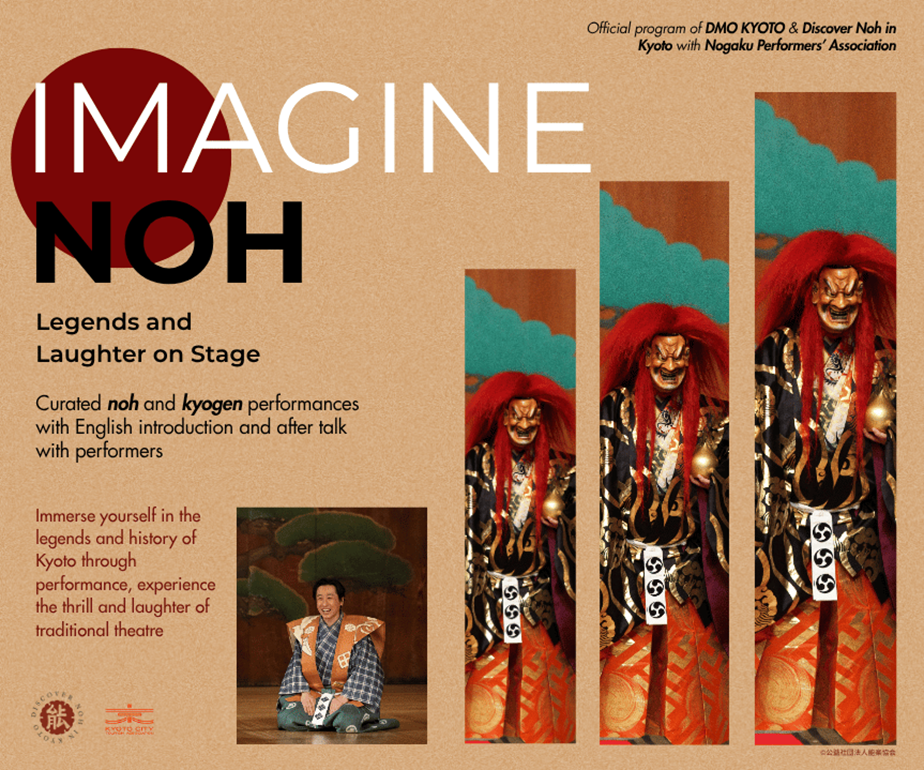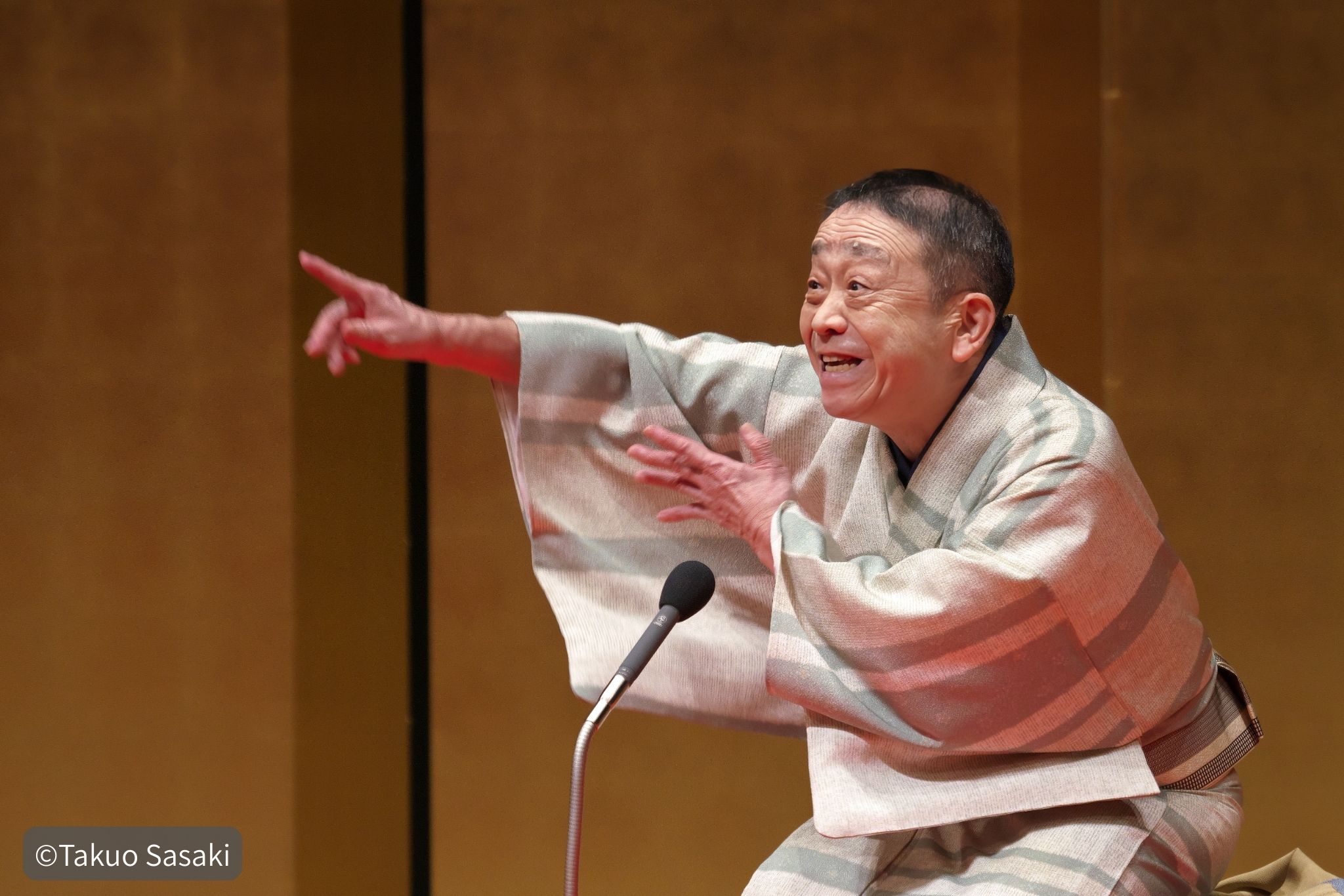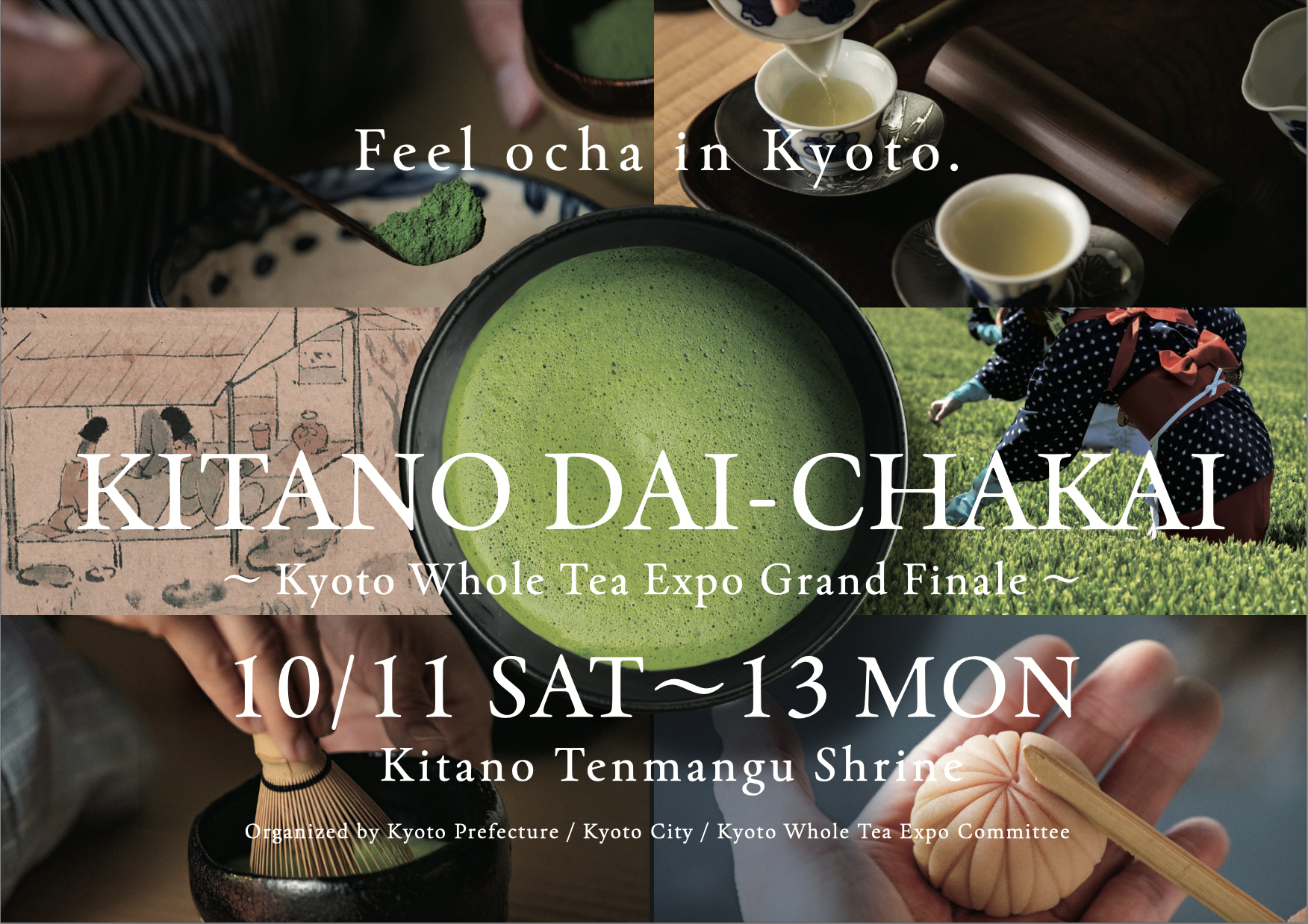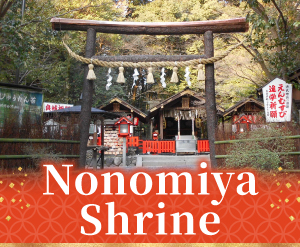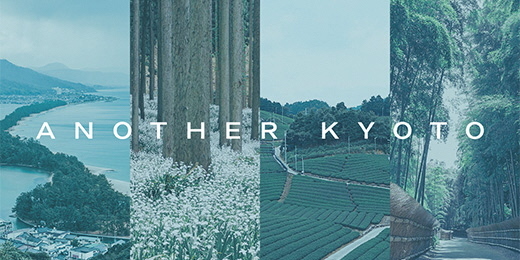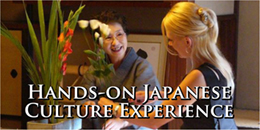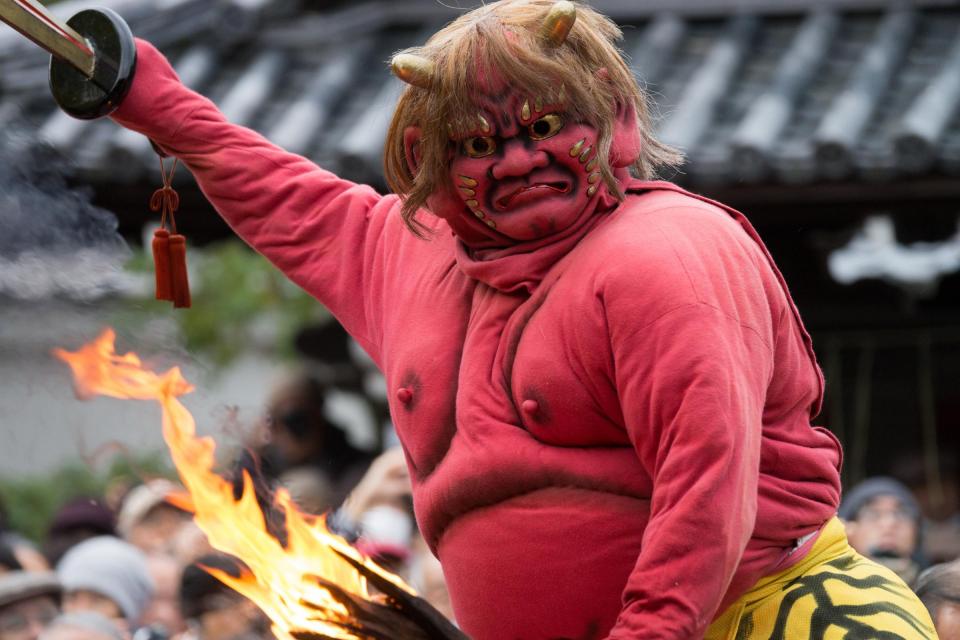
One day before the beginning of spring (also called “Risshun”), people of Japan celebrate Setsubun – a festival which can be literally translated to “the division of seasons”. Though the specific date can fluctuate, it is usually held on February 2nd or 3rd. Various annual ceremonies are performed at temples and shrines, including the “bean-scattering” and “oni-yarai” (“demon-expelling”) rituals. In Mibu-dera Temple, a performance of the mimetic Mibu Kyogen theatre is organized as part of the festivities as well. You can learn more about the origins and characteristics of the different rituals further down in the article.
Spring was traditionally believed to be the starting point of the year, which is why its arrival was an important event, celebrated in a similar way to the New Year’s Day. As such, many of Setsubun Festival’s past and current rituals are centered around warding off bad luck and inviting good fortune for the upcoming year. The ceremonies can differ greatly depending on the temple and shrine that perform it, even though they are part of the same festival.
Origins of the bean-throwing ritual
The ceremony of warding off evil (“yakubarai”) was first introduced to Japan and its Imperial Court by China during the Heian period (794-1185). There are various theories about the origin of this characteristic way of expelling bad luck at the Setsubun Festival, including a Kibune legend about an ogre being vanquished by having beans thrown at its eyes. The Japanese word for beans – “mame” [豆] can also be used as a play on the words “between the demon’s eyes” [魔目 – also read as “mame”].
Ritual bean-throwing is believed to have become popular among the commoners around the Muromachi period (1336 – 1573). Today, people commonly celebrate Setsubun by shouting “Devils out! Fortune in!” (“Oni wa soto! Fuku wa uchi!”) while throwing roasted soybeans out of the entrance of their house as well as at performers acting out the role of demons in temples and shrines.
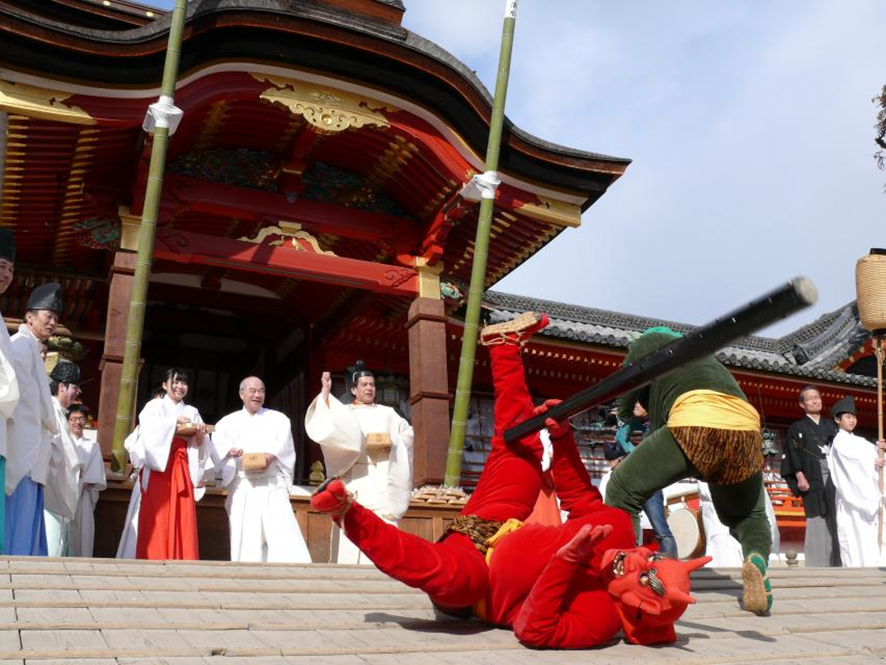
Ogres being vanquished with beans at the Iwashimizu Hachimangu Shrine
Expelling demons at the Oni-yarai ritual
The tradition of “Oni-yarai” is said to originate from the imperial ceremonies held during the Heian period. Each temple or shrine practices it in its own unique way. For example, at Yoshida-jinja Shrine, a performer wearing a golden, four-eyed mask drives away rampaging ogres. Rozan-ji Temple, on the other hand, is famous for its demon dance called “Oni Odori”. Red, blue, and black demons appear, dancing and getting in the way of the ceremony being held inside of the temple before being driven away.
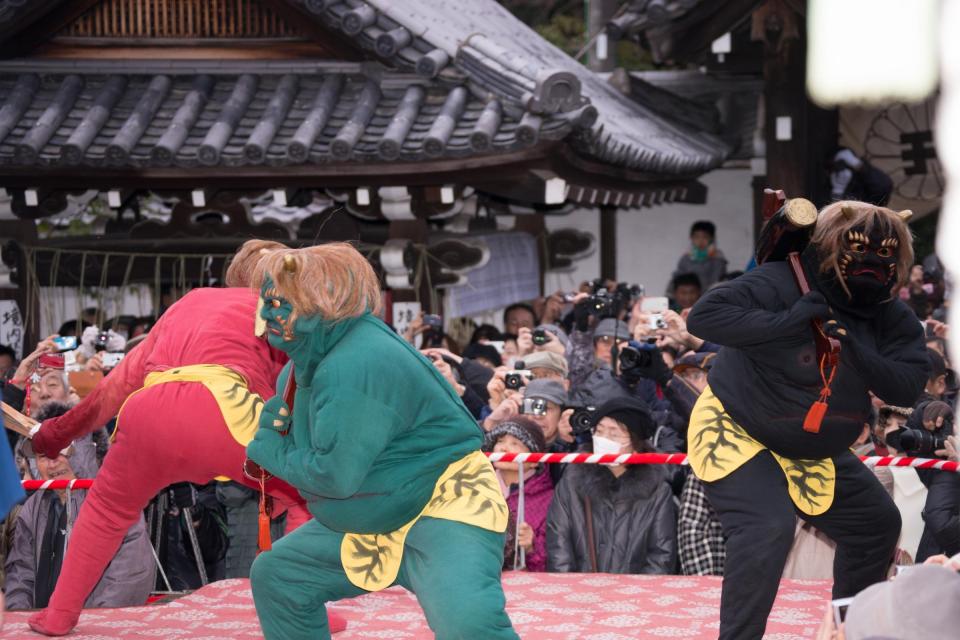
The “Oni Odori” of Rozan-ji Temple
Four locations where demons were defeated
According to legends, ogres were said to flee from Yoshida-jinja Shrine (since it is located in the same direction as the “demonic gate” – the northeast) and end up trapped in Fukube Shrine, a branch of the Kitano Tenmangu Shrine. The custom of visiting the four locations where demons are said to have appeared – Yoshida-jinja Shrine, Mibu-dera Temple, Fushimi Inari Taisha Shrine (or alternatively Yasaka-jinja Shrine), and Kitano Tenmangu Shrine – is a popular custom in Kyoto.
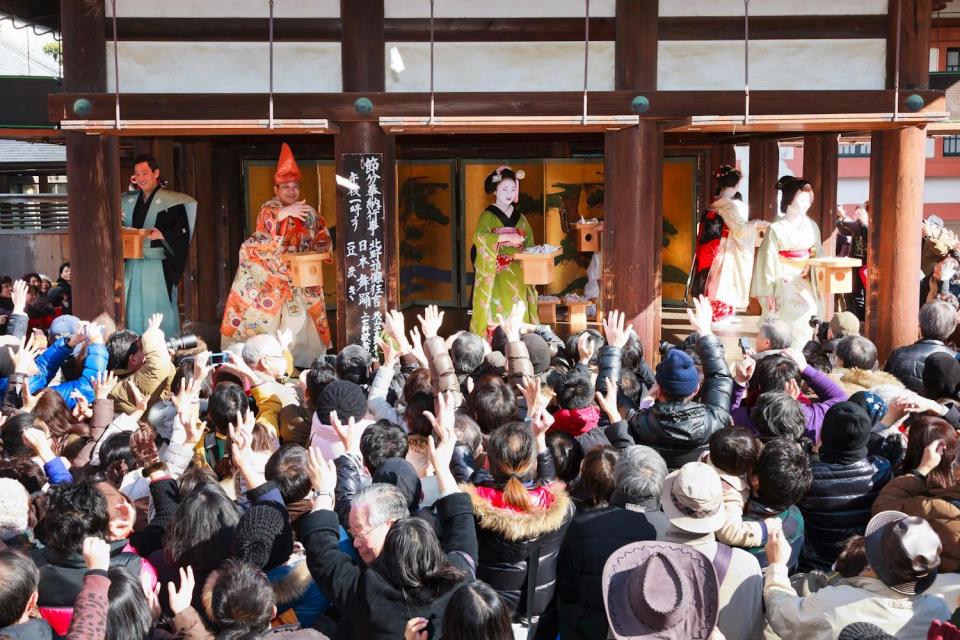
Local geiko and maiko participate in the bean-scattering at the Kitano Tenmangu Shrine
Mibu Kyogen performance
A traditional performing art called “Mibu Kyogen” has been handed down and presented at the Mibu-dera Temple for 700 years. It is a form of theater performed without speech, conveying meaning purely through movement and gestures. It can be viewed three times a year: in spring, autumn and on Setsubun – during which a play that teaches the importance of hard work is presented. This performance can be viewed only at the Mibu-dera Temple, so many visitors gather there annually for the rare opportunity to view this special form of art. Due to its historical and cultural significance, Mibu Kyogen has been designated as an Important Intangible Folk Cultural Property.
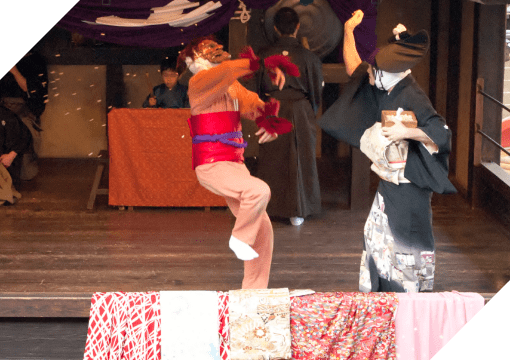
Mibu Kyogen performance of “Setsubun”
